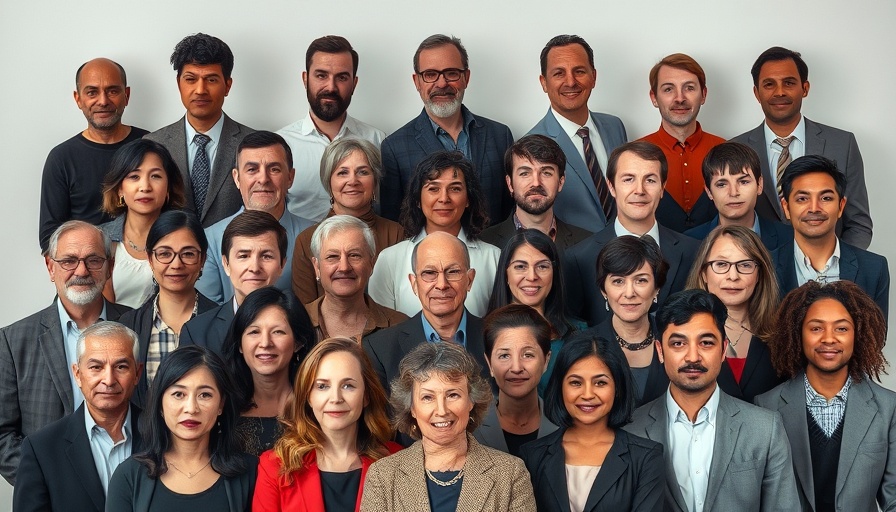
Understanding Self-Supervised Learning
Self-supervised learning is revolutionizing the field of artificial intelligence, particularly in image recognition tasks. One popular method in this domain is BYOL, or Bootstrap Your Own Latent. This innovative approach allows models to learn representations from unlabeled data, a significant advantage given the vast amounts of unlabeled images available on the internet. With BYOL, the model develops its understanding of images without needing extensive datasets with annotated labels.
Getting Started with BYOL
To implement BYOL in PyTorch, there are a few key steps that beginners must follow. First, you'll need to set up your environment, ensuring that you have the latest version of Python and PyTorch. Once that’s complete, you can start coding. The basic idea behind BYOL is to create two views of the same image and train the model to make them similar while moving away from other images' features. This process helps improve the model's understanding of the underlying structures can recognize distinct features effectively.
Benefits of Using BYOL in Your AI Projects
Incorporating BYOL into your projects can significantly enhance performance in various applications, from computer vision tasks to more complex models used in automated systems. Users often report improved accuracy in classification tasks and a deeper understanding of image representations without needing labeled datasets. This adaptability can save both time and resources, as acquiring and labeling large datasets can be both challenging and costly.
Final Thoughts on Implementing BYOL
As the landscape of AI continues to evolve, methods like BYOL will play an integral role in shaping the future of machine learning. For those interested in harnessing the power of self-supervised learning, BYOL presents a brilliant opportunity to explore and innovate. By engaging with these techniques, you can elevate your AI projects and stay ahead in this rapidly changing field.
 Add Row
Add Row  Add Element
Add Element 



Write A Comment